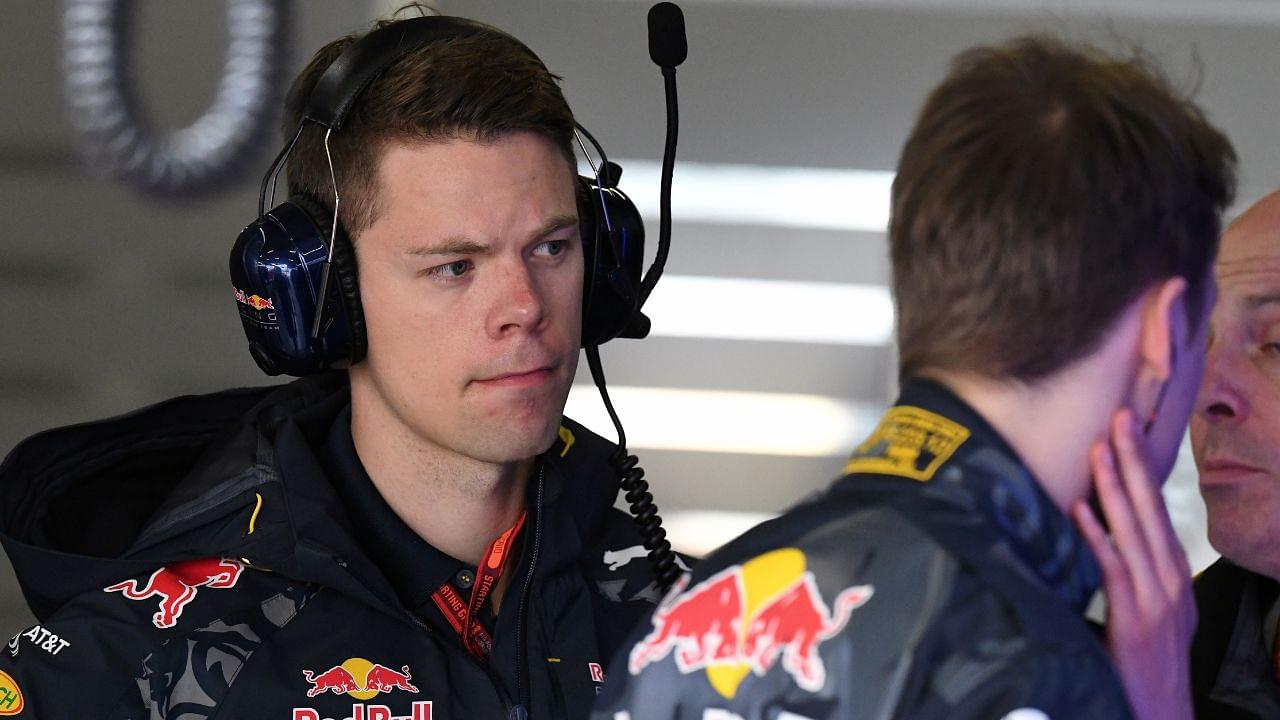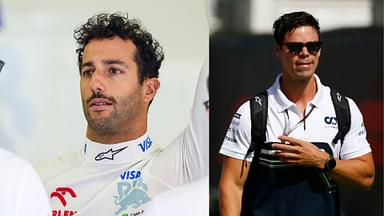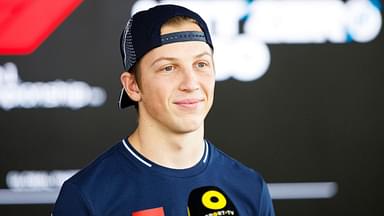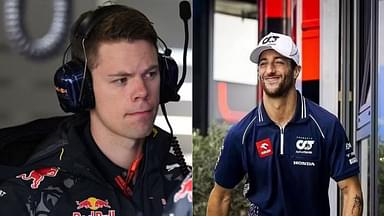Although Formula 1 is an immensely complex sport, it is often lauded for only being the pinnacle of technological innovation. Naturally, in the modern era of Grand Prix racing, people often tend to write off a podium, a win, and even sometimes, entire championships, with a simple – “it’s only because of the car“. But Pyry Salmela, Daniel Ricciardo’s Performance Coach at V-CARB, has debunked that myth in an exclusive interview with The Sportsrush. Salmela provided his insights, based on a decade-long career in the sport with Red Bull.
“Human Performance” is Pyry’s area of expertise and the 37-year-old had dedicated himself to his craft from a very young age. Alongside his budding career as a professional Ice Hockey player in Sweden and Finland, he perfected his trade which would eventually benefit and nurture some of F1’s brightest stars.
“I did my first coaching jobs when I was 16, 17. So whenever I was in the summer, I always participated as an assistant coach for ice hockey while I was still preparing for my own seasons,” explained Salmela.
In 2014, Ice Hockey’s loss became Red Bull’s gain. As soon as he retired, he took up the job as the Performance Coach for Daniil Kvyat at Toro Rosso (now V-CARB). Since then, Salmela has gone on to coach the likes of Pierre Gasly, Nyck de Vries, Daniel Ricciardo, and Liam Lawson for the Red Bulls’ sister team.
The philosophy behind training an F1 race winner
As a Formula 1 Performance Coach, Salmela’s job isn’t just to make sure that his driver is in optimum trim to endure the physical strains of Grand Prix racing. The mental agility and well-being of a driver is something that Pyry takes very seriously, too.
Hence, through his years in the sport, he has devised a ‘Triangle of Performance‘ – Skill, Capacity, and Readiness, to ensure that the likes of Ricciardo are not only fit but also ready to race. “Number one thing is skill, and skill dominates where you will end up,” begins Salmela.
However, his personal focus is on the other two pillars of performance. “Where I try to put my focus is on building the capacity that they can function at the higher level on their skill. And as well on the readiness side, try to make sure that they are in their zone when the time is on,” explains the Finn.
Pyry likes to lead by example, and what better testament to his work than Pierre Gasly’s iconic Monza win at the 2020 Italian GP? Was Gasly ready to perform at his highest capacity while still also embracing the pressure of potentially winning his maiden F1 race on home turf for his team, AlphaTauri? Pyry Salmela ensured he was.
Human Performance vs Car Performance – the realities of Formula 1
Starting from P10 on the grid, Gasly inherited the lead from Lewis Hamilton after a series of ‘fortunate’ events. However, the #10 driver still had 25 laps to go in an ‘inferior‘ car, with the likes of Carlos Sainz and others hunting him down incessantly. Despite this, he won.
The Frenchman’s win raises the question of how important is the car in determining a driver’s success in F1. “It [F1] is a very complex sport that it’s not only down to human performance. Yet, actually, the car’s performance depends very much on, you know, how the car is driven – where the driver definitely contributes,” said Salmela.
Thanks to you @PyrySalmela for all the work done with @PierreGASLY all these last years ❤️#F1 #Pierre #Pyry pic.twitter.com/fppCOKl2Fh
— Pierre Gasly Fans Fr (@PG10_FanactuFr) December 27, 2022
Although the performance of a car is vital in determining how successful a driver is in F1, it is pertinent to note that the capabilities of a racer are equally important. Pyry understands more than anyone that a team cannot achieve success if they do not have a top-class driver, who delivers the results week in and week out on the race track.







